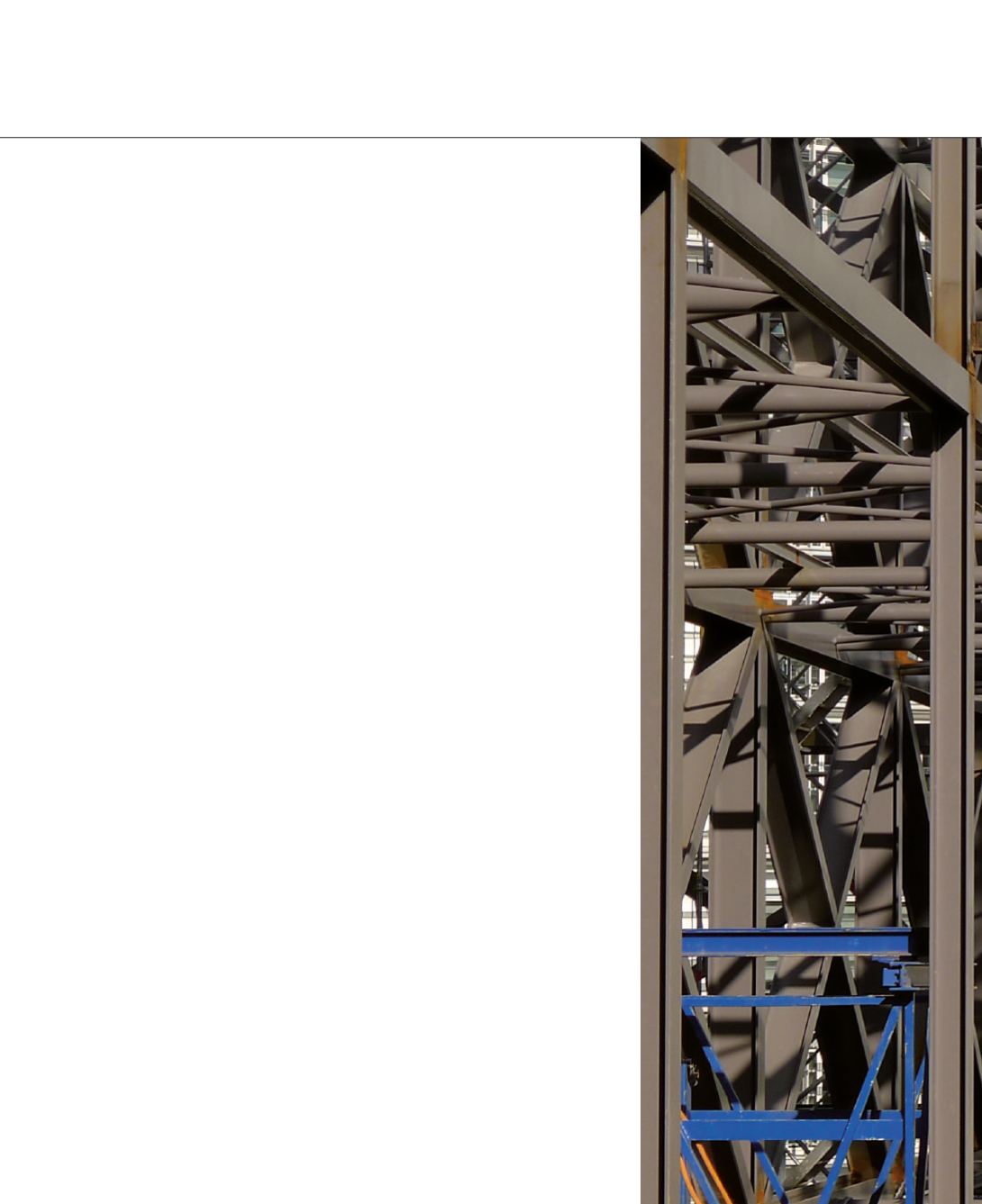
184
EUROPA
2013.11.09
The first phase was that of the removal of asbestos (DAM) from the preserved
sections of the
Résidence Palace
building. The toxic material was more prevalent
than what an exploratory inventory had allowed to diagnose. Enormous quanti-
ties of asbestos were discovered: protective flock-coating against fire on the
metal sections in the former building; cement slabs in the façade; large technical
shafts; electric cable sleeves, connections of all types… This phase required mul-
tiple precautions, as workers were obliged to wear special overalls and masks,
forced to go through multiple airlocks: the removal of asbestos, which can easily
be compared to the dangers of mine clearing, is proof of the cost society paid
for harmful materials, trapped in constructions set rigidly in faulty technology,
impossible to recycle.
The second phase was that of demolition (DOM) of the office wings added dur-
ing the 1960s, with links, technical connections, interrupted communication
routes. The previous demolition, those of construction in 1960, filmed at the
time, showed the absence of any concern with dismantling, sorting or recycling.
In any case, the construction site at the time displayed the basic practice of
destruction using a ram, extreme pollution caused by huge dust clouds, an ac-
cumulation of rubble stored without precaution. The document allows to meas-
ure the road travelled since then, when demolition operations now resemble a
prudent dismantling and potential recycling of materials becomes an important
stake. The recovery from faraway construction sites of window frames used
for the Europa façades thus completes a vicious cycle. The buildings, ideally
should no longer be exposed to the chaos of the demolition workers, but only
the meticulousness of the mechanics. Nonetheless, demolition opens one of the
most dangerous phases. Holes, the falling of materials, traffic routes constantly
altered on site. Loud machinery, dust, inevitably. The architect had to be present
to check the boundaries of demolition in order not to jeopardise the sections of
the
Résidence Palace
that had to be preserved: in parallel to the façade walls, an
entire bay had to be saved, a series of linked rooms had to be preserved in view of
their renovation.
The third phase was that of the so-called consolidation (ADC). The building, as
demolition progressed, ceased to be stable: new cores had to be constructed at
the foot of the existing ones. Those, before joining the structure of the new build-
ing to be erected, had to contribute to the balance of the bare façades. Similarly,
earth pressure had to be contained, at the time that the excavation of the railway
tunnel was launched and construction of the four underground levels began.
Respect for the schedule required that the various operations be initiated without
delay, deploying enterprises simultaneously, respectively under the orders of two
different administrations, i.e. public transportation and the
Régie des Bâtiments
.
WORK IN PROGRESS


